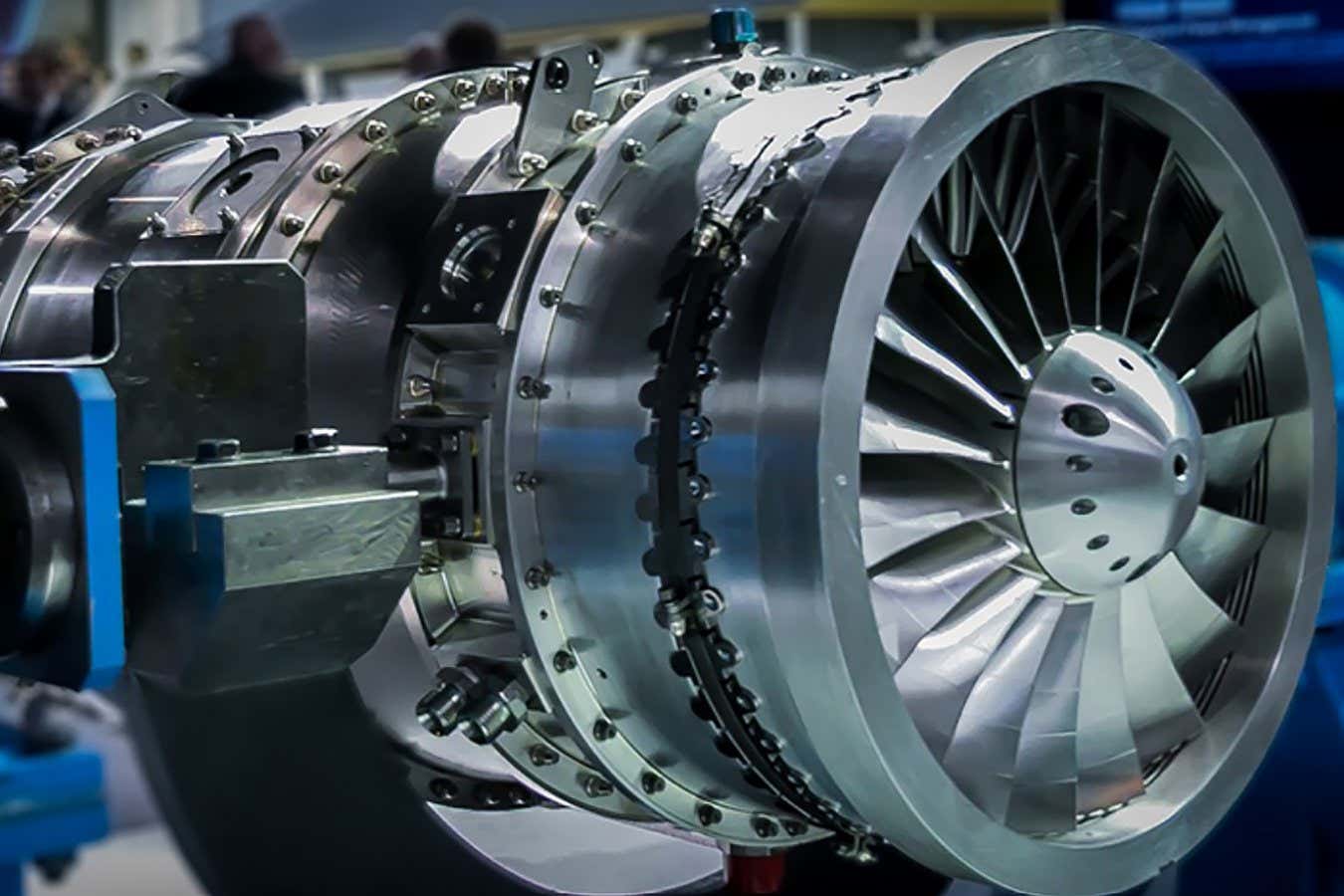Turning old fighter jets into a fine powder and using that to 3D print new components is a more sustainable way to build the RAF’s next-generation aircraft – and it avoids sourcing materials from Russia
By Matthew Sparkes
7 February 2025
New fighter jet components can be 3D printed
Rolls Royce
Fighter jets that first flew in the 1970s can be transformed into a fine powder and used to 3D print components for the next generation of aircraft in the UK’s Royal Air Force (RAF). Experts say this is a more efficient way to make aircraft – it’s less environmentally damaging and also solves the problem of sourcing materials from countries that are under sanctions, like Russia.
Robert Higham at Additive Manufacturing Solutions has developed a technique to recycle crucial materials like Ti64 – which is titanium with 6 per cent aluminium and 4 per cent vanadium. The UK Ministry of Defence has large quantities of expensive and hard-to-source materials like Ti64, but they are tied up in obsolete or broken aircraft and in stored components.
Read more
Fully autonomous F-16 fighter jet takes part in simulated dogfights
Advertisement
The company was able to take turbine blades from a Panavia Tornado – an aircraft in service with the RAF from 1980 to 2019 – and recycle them into a nose cone for a prototype engine that will power the RAF’s next generation of fighter jet.
“The world is more expensive than it used to be. It’s more complex and more expensive to make products,” says Higham. “We can make them as cost effectively as possible.”
Higham says that creating spherical particles from the old parts is key to printing quality new parts, as jagged particles can get stuck in the 3D printer. Simply grinding the metal down won’t do, so the recycled components are melted and then sprayed into a high-pressure jet of argon, where they break up into raindrop-shaped droplets. These droplets spin in the gas, become spherical then drop out and solidify. “It’s a very similar process to the way that rain becomes hailstones,” says Higham.
